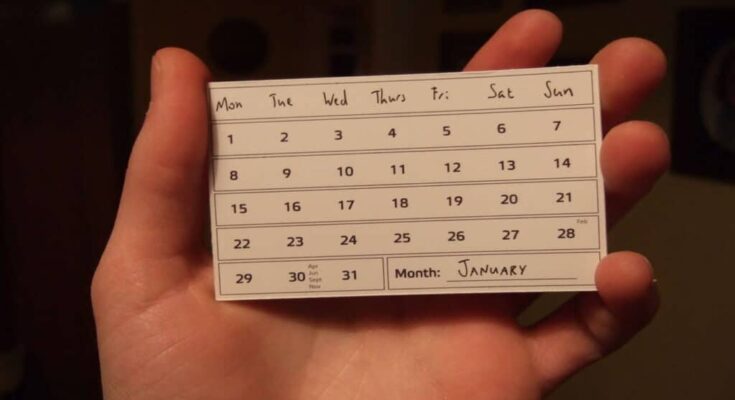
The 7 day week has been around for thousands of years, used in places like China, India, the Middle East, and Europe. Unlike months or years, which are tied to astronomical events, a week doesn’t directly match up with anything in the sky. It’s about 23% of a lunar month, yet it has been used widely for ages.
The seven-day week and its ancient roots
The idea of a seven-day week comes from the Babylonians, who were skilled astronomers. Around 2300 BC King Sargon I of Akkad made it official. The Babylonians saw the number seven as special. Before telescopes, they identified seven important celestial bodies: the Sun, the Moon, and five planets visible without any tools.
It’s no coincidence that there are seven days in a week; each day was named after one of these celestial bodies, which they believed wandered through the sky. This structure later influenced the naming of days in many languages.
For example, Sunday was named after the Sun, and Saturday was named after Saturn. The influence can be seen in Romance languages too, where “Martes” (Tuesday) comes from Mars, and “Jueves” (Thursday) from Jupiter.
Norse mythology also played a part in the English language, with Thursday being named after Thor, the god of thunder, and Wednesday after the god Woden. The seven-day week also has roots in religion. In Judaism, the story of Genesis says God rested on the seventh day, which gave the week its lasting structure.
Why did the calendar need 12 months?
Researchers during the time of Julius Caesar explained why the calendar needed 12 months instead of 10. They also introduced the idea of a leap year to keep the calendar in line with the changing seasons. Before this, the calendar was shorter, even though there are just over 12 lunar cycles in a year.
To fix this, the months of January and February were added. The fifth and sixth months were renamed July and August to honor Julius Caesar and his successor, Augustus. Both July and August were given 31 days to show their importance, as they were named after these Roman leaders.
How the 24-hour day was created
The 24-hour day comes from the Ancient Egyptians. They were the first to split the day into 24 parts. They divided the time between sunrise and sunset into 12 hours, and then did the same for the night, from sunset to sunrise. This system gave us the 24-hour day we still use today.
Why are minutes and hours divided into 60?
The division of hours into 60 minutes and minutes into 60 seconds likely comes from the number 60 being very useful for calculations. The number 60 can be easily divided by many smaller numbers, such as 2, 3, 4, 5, 6, 10, 12, 15, 20, and 30. This made it practical for early mathematicians and astronomers, which is why it has been used for centuries.



